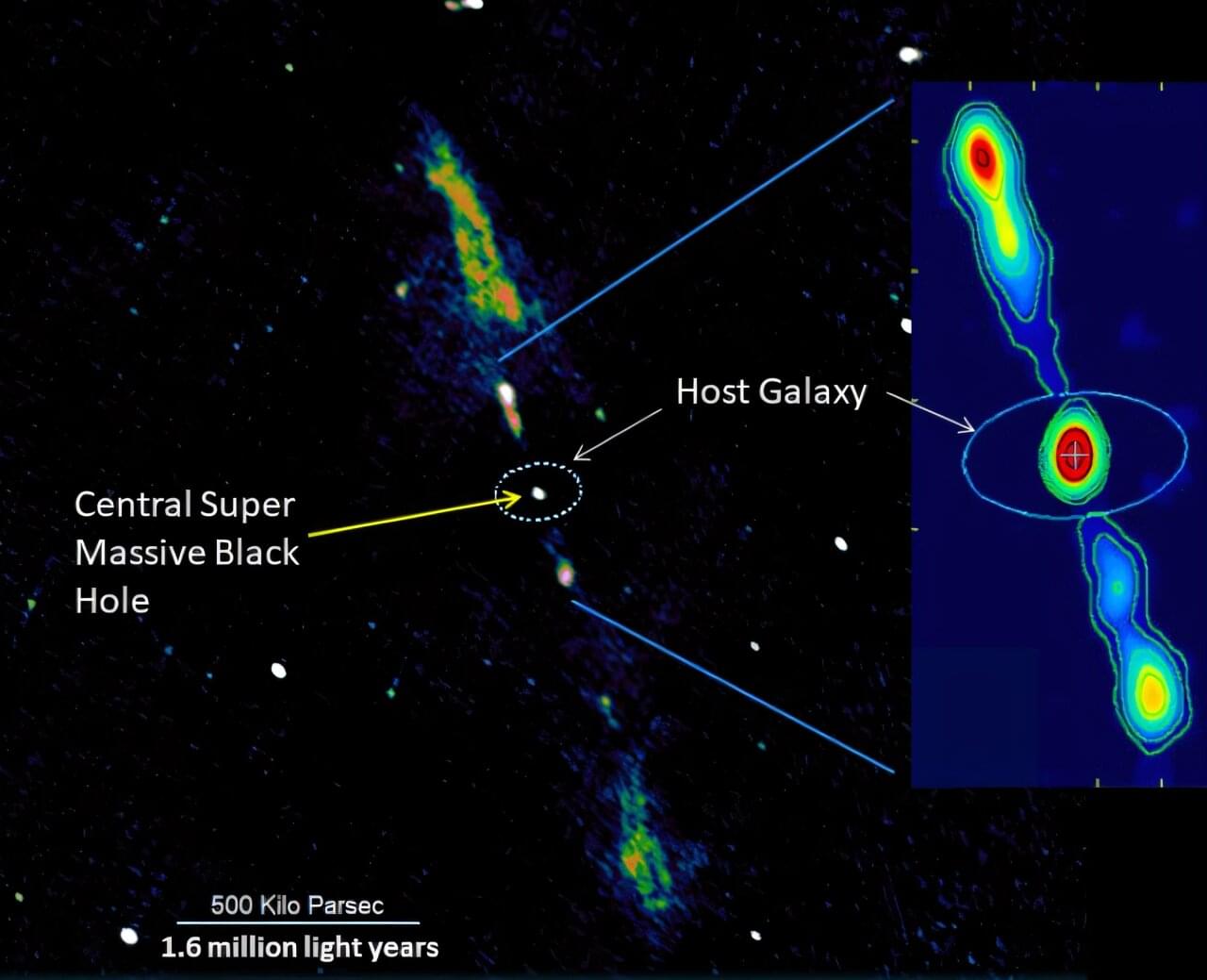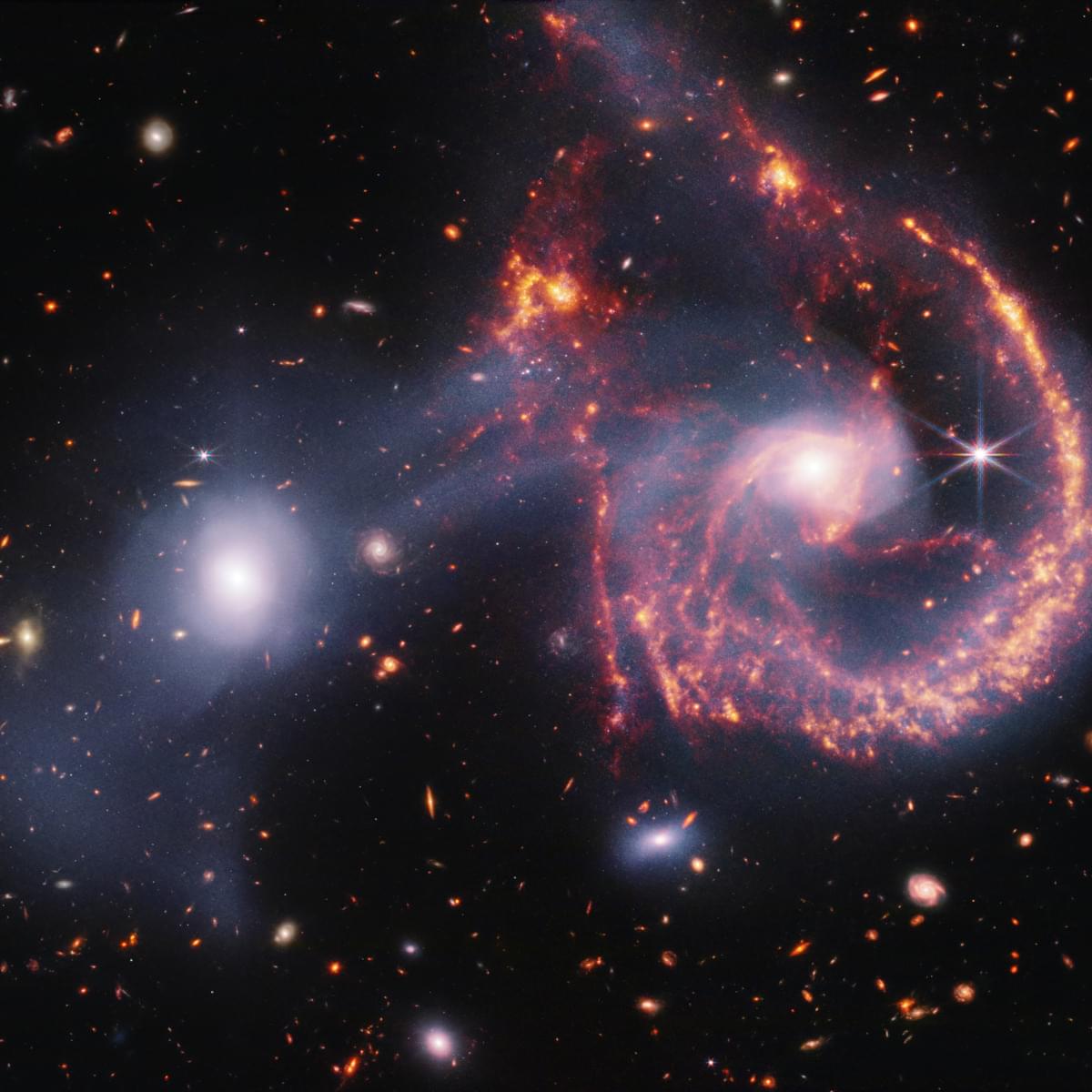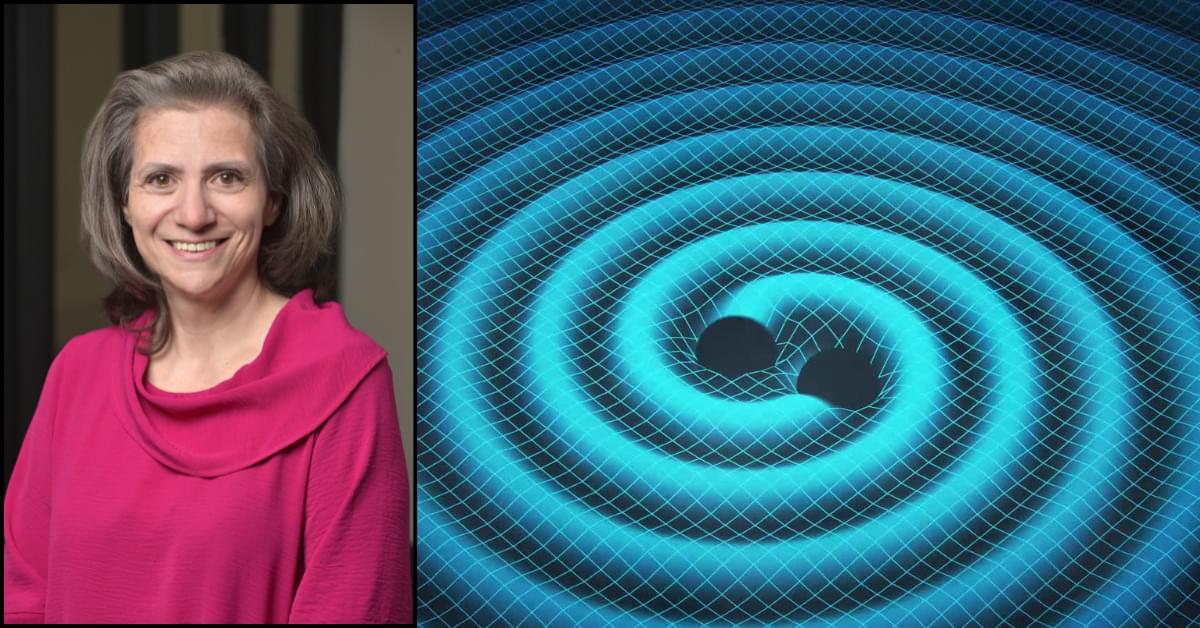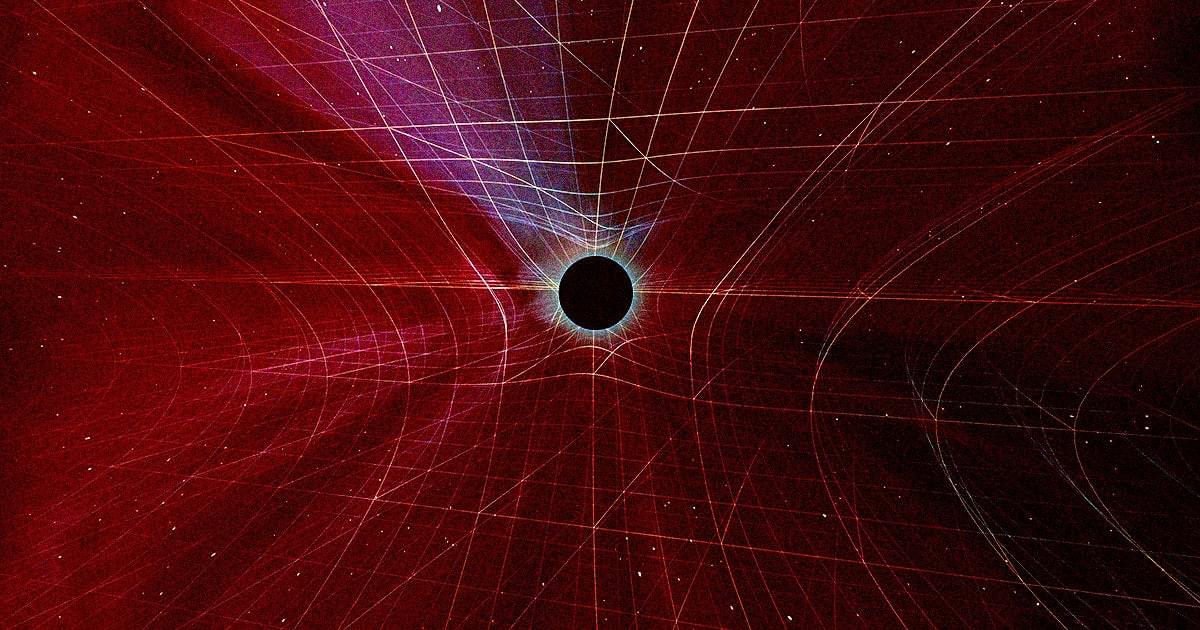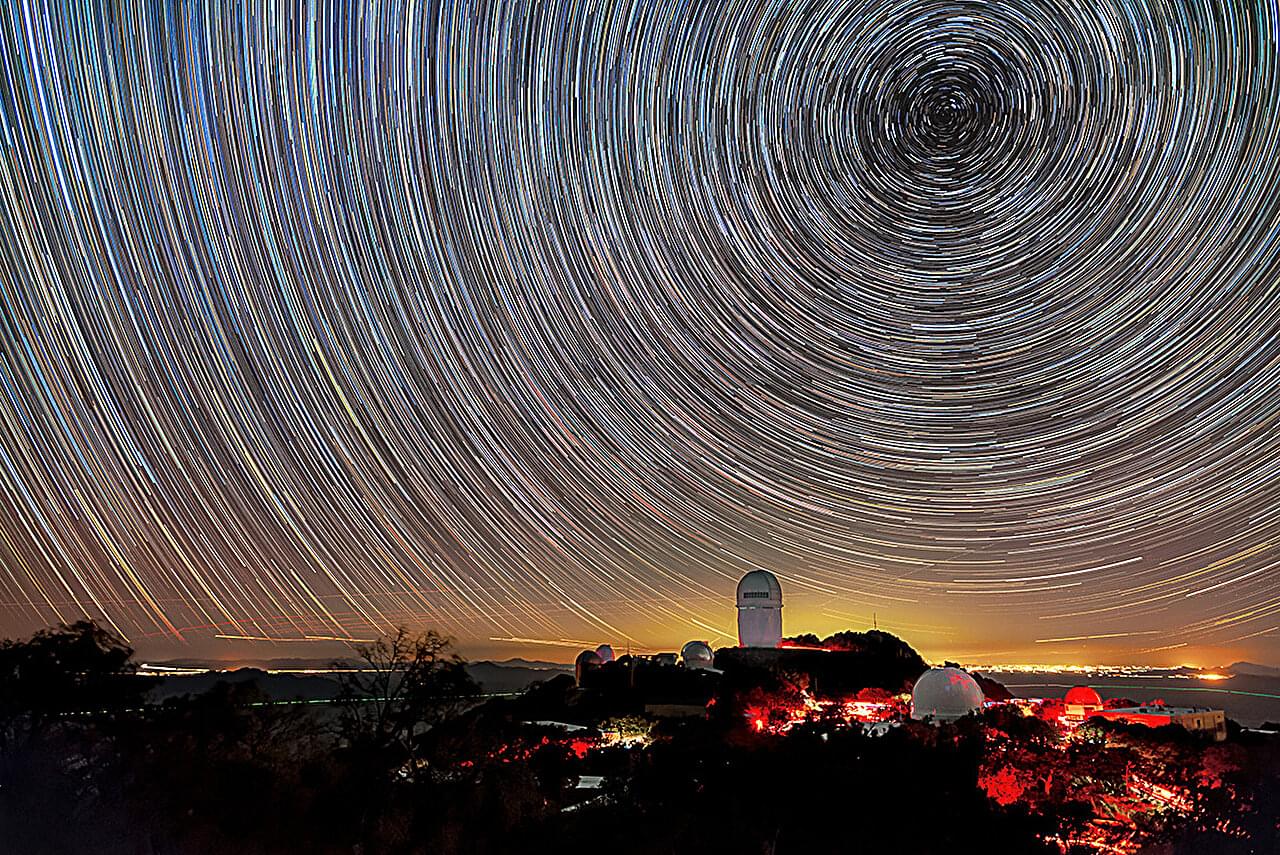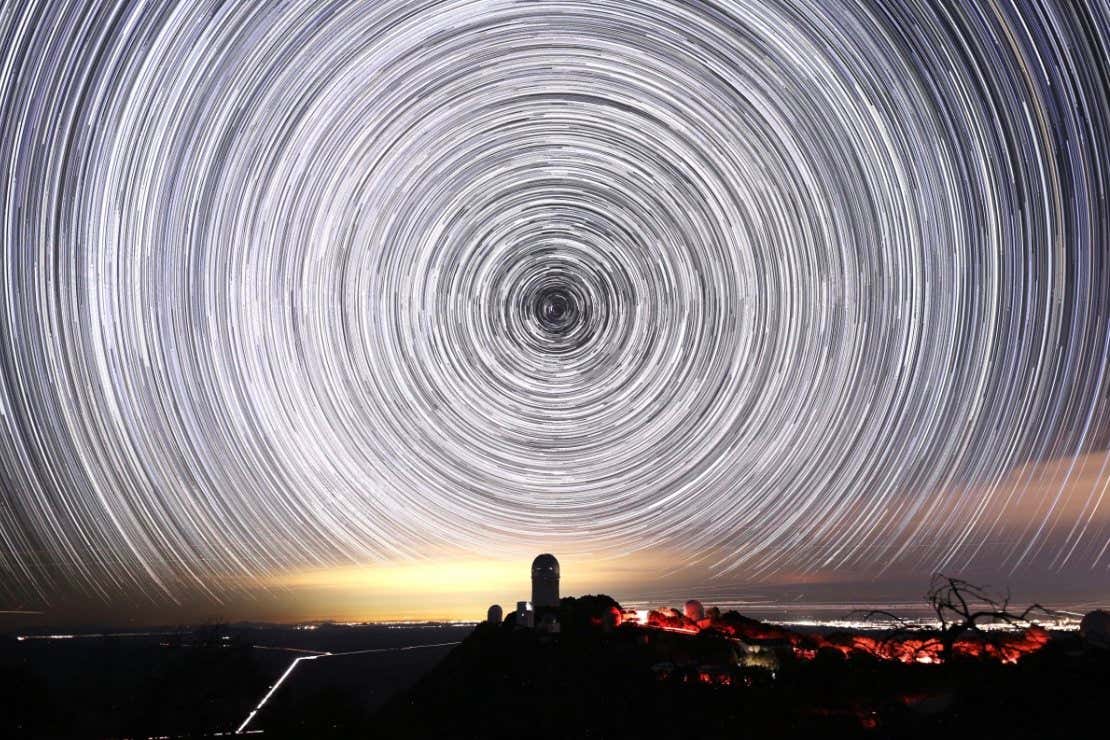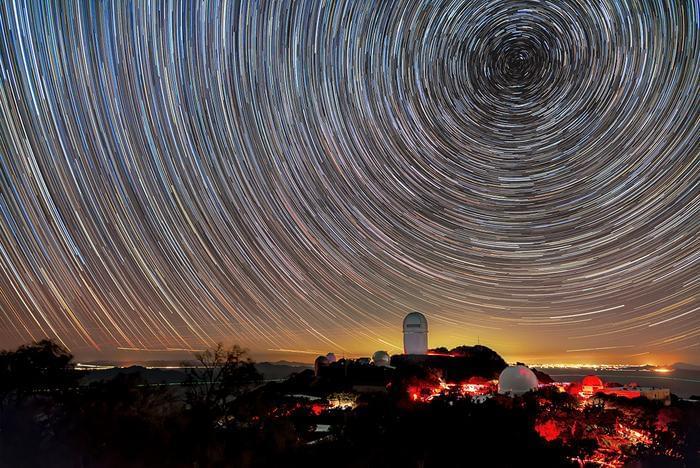A terrifying glimpse at one potential fate of our Milky Way galaxy has come to light thanks to the discovery of a cosmic anomaly that challenges our understanding of the universe.
An international team of astronomers led by CHRIST University, Bangalore, found that a massive spiral galaxy almost 1 billion light-years away from Earth harbors a supermassive black hole billions of times the sun’s mass which is powering colossal radio jets stretching 6 million light-years across.
That is one of the largest known for any spiral galaxy and upends conventional wisdom of galaxy evolution, because such powerful jets are almost exclusively found in elliptical galaxies, not spirals.
